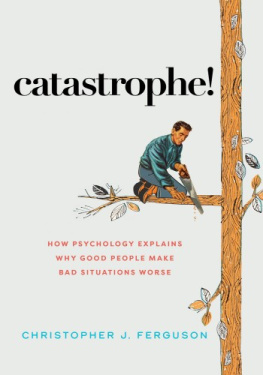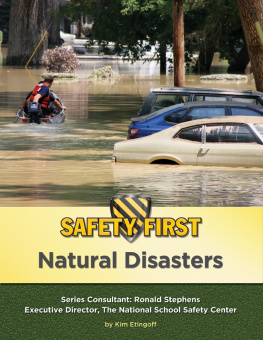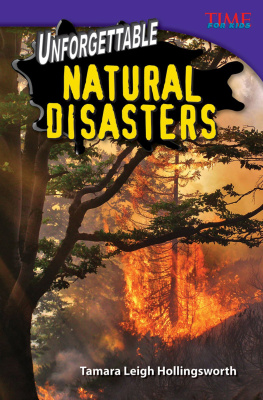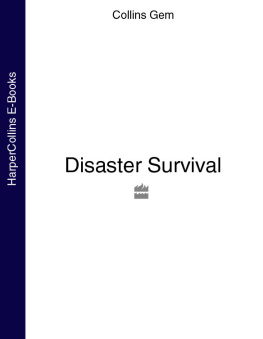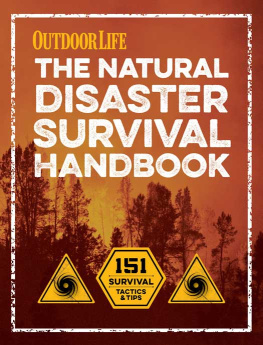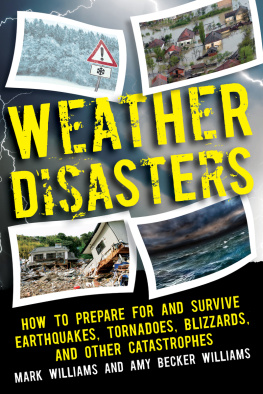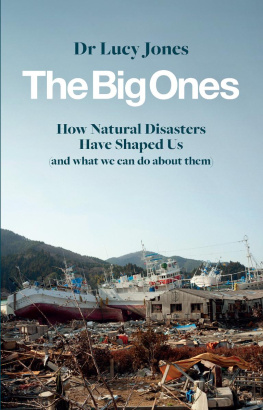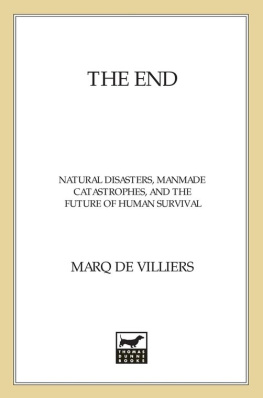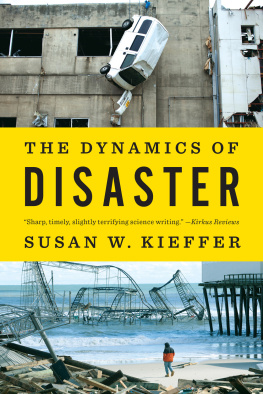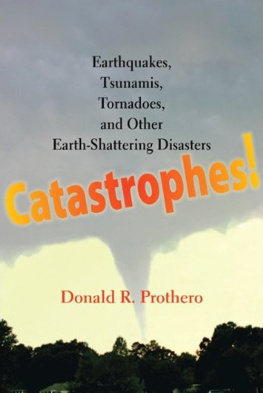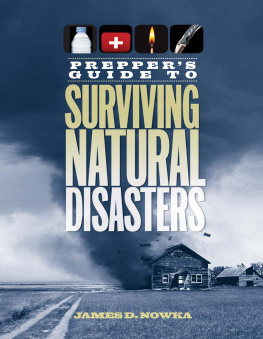When the final draft of this manuscript was submitted to the editor at the end of November 2021, the daily number of new COVID cases in the United States was reported to be its lowest in four months, giving hope that the end of supply-chain shortages was in sight, and the thought of a nuclear war was far from everyones mind.
Not even four months later, when the copyedited manuscript was being reviewed (mid-March 2022), things had taken a turn for the worse.
Supply-chain problems were nowhere near being resolved, to the point where cars were being sold with missing parts to be delivered later. Even the publishing industry suffered, impacted by a paper shortage delaying publication of books (including this one) by months.
To make it worse, to prove that the world has no supply-chain problems when it comes to despots, Russian troops invaded Ukraine. As a result, the price of gas at the pump was reaching new record highs worldwide, the value of the Russian ruble collapsed, Russia was on the verge of defaulting on its debt, and Vladimir Putin launched an attack on the Chernobyl nuclear power plant
What will be the state of the world when this book is finally published? Unpredictable, as all the disasters mentioned earlier. However, it is hoped that, as stated at the beginning of the preface, If you are reading these words right now, you are most probably not dead. At least, not yet.
A MATTER OF RELATIVITY
In response to a moderate earthquake that had struck a foreign country and damaged a significant number of engineered bridges and buildings, the government had dispatched a team of experts to perform earthquake reconnaissance activities. The teams mandate was to travel across the affected region, to document the extent of the damage, to determine to the extent possible what caused the extensive damage suffered by the infrastructure, and, most importantly, to report on whether such a disaster could happen at home.
Sad but true, there is always much to learn from disasters that kill and injure thousands of people and produce billions of dollars in damage and losses. Teams of engineers have conducted earthquake reconnaissance visits after damaging earthquakes all over the globe in the past decades, so this was by itself not an unusual thing to do. However, this time, it was different. Not only had this earthquake caused $40 billion in damage, but it did so by striking a country that considered itself a leader in the development and implementation of modern seismic design codes and standards; a nation that was part of that elite club of players whose members represent more than 60 percent of the worlds net wealth; and, most significantly, a friendly nation with whom the government had long-standing close ties. On that account, there was potentially much more to learn than usual from the earthquake damage, and the findings from the earthquake reconnaissance mission were sure to be valuable.
So, the government got its report.
What happens once a technical report is printed and submitted very much depends on the political forces at play. Countless reports rest in peace on library shelves; less fortunate others are filed in bankers boxes buried in archives. Yet, when the stars align and the timely words fall in receptive ears, lucky reports serve their purpose and can lead to changes in building codes, enhance design specifications, or fulfill some other noble purposes mostly invisible to the public. In some rare instances, parts of these reports that have had an impact are quoted by politicians. deemed it appropriate to reassure the public and commented on the many bridges that collapsed during the earthquake in that other country. He emphasized that the way bridges were designed there was different than at home and that, contrary to what had been observed in that other country, the nations bridges were safe. Safe!
That elected official was a representative of the Japanese government commenting on the damage from the January 17, 1994, magnitude 6.7 Northridge earthquake that struck at 4:30 a.m. near Los Angeles and during which many bridge spans and overpasses either fell off their support or collapsed due to column failures. Most significantly, one of those collapsed spans occurred along the busiest freeway in the U.S. (Interstate 10), which, as a result, was closed to traffic for almost three months. These collapses could have been of dramatic consequence had the earthquake not happened so early that day, but instead during rush hour with cars zooming by at more than seventy miles per hour.
The Japanese officials confident statement undoubtedly reassured the population at the time. Most unfortunately, he was wrong.
Exactly one year to the day after the Northridge earthquake, the Great Hanshin earthquake struck near Kobe at 5:46 a.m. on January 17, 1995. Beyond demonstrating that, statistically speaking, large earthquakes have a propensity to strike on a January 17 before business hours (one can really make statistics say anything), this magnitude 6.9 earthquake destroyed many bridges across the region, triggered about three hundred fires that burned for days, and debilitated Kobes entire infrastructure. And Kobes port, one of the worlds busiest at the time of the earthquake, was ravaged by the earthquake and never recovered its stature.
So much for safe.
However, that was not the worst of it. This earthquake was also embarrassing for the Japanese government for a number of other reasons.
First in the list of embarrassments It is the prime ministers office where the proverbial buck is supposed to stop, so from the head-of-state perspective, being the last one to know amounted to losing facea particularly painful thing in many parts of Asia. Comparing the prime minister to a father (or mother, but Japan has not yet elected a woman to that position), it would be like having dad watch television in the den upstairs and learn on the news that a few hours earlier, somebody broke into the kids bedroom in the basement, thrashed the place and set the curtains on fire, while the kids huddled in their closet. In 1995, the World Wide Web did not exist, but emails, telephones, CB radios, telegraphs, and smoke signals all existed; the fact that the prime ministers office did not receive an official notification of the earthquake and of its severity before news crews could be dispatched illustrates how local authorities were taken by surprise and the extent of their disarray following the earthquake. Part of this confusion can be explained by the fact that, in spite of evidence to the contrary, the general belief was that future large earthquakes were certain to strike soon in the Kanto area of Japan, close to the more than thirty million people that lived in and around Tokyo, but certainly not so in the Kansai area, close to the more than twenty million people that lived in the contiguous towns of Kobe, Osaka, and Kyoto (see end of chapter).
Second subject of embarrassment: the post-earthquake response was aggravatingly slow. For example, it took nine hours before the military was ordered to assist, and, thereafter, army vehicles spent hours stuck in massive traffic jams created as the population either tried to leave or to return to Kobe, winding around town to circumvent the collapsed bridges. In many instances, when firefighters finally reached burning homes (and sometimes entire burning neighborhoods), it was often to no avail as waterlines had been ruptured. To top it off, as a matter of national pride, the government reflex was to decline international assistance until shamed to do otherwise. The US offer of a nearby aircraft carrier that could have provided a floating two-thousand-bed medical facility was declined, and Swiss dogs specially trained in post-earthquake search-and-rescue operations were held for days in quarantine at the Kansai airport. In fact, the governments response was so poor that the Yakuza (which is the Japanese mafia) reportedly took it upon itself to provide food and water to residents in some neighborhoods (which is, after all, not totally surprising given that a large part of organized crimes activities are about providing services that the government does not). Part of the problem was attributed to the fact that there was not an equivalent to the US Federal Emergency Management Agency (FEMA) in Japan at the timealthough FEMA has had its problems with disasters too, as will be addressed later.


